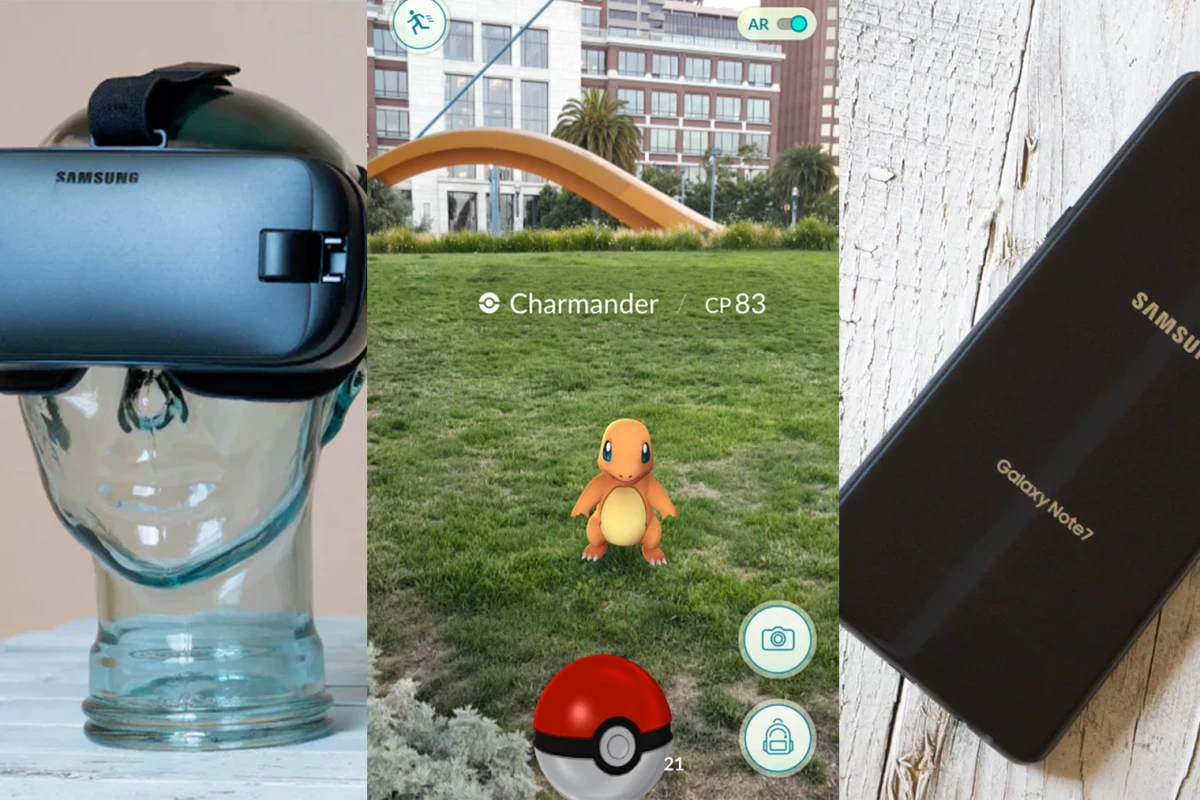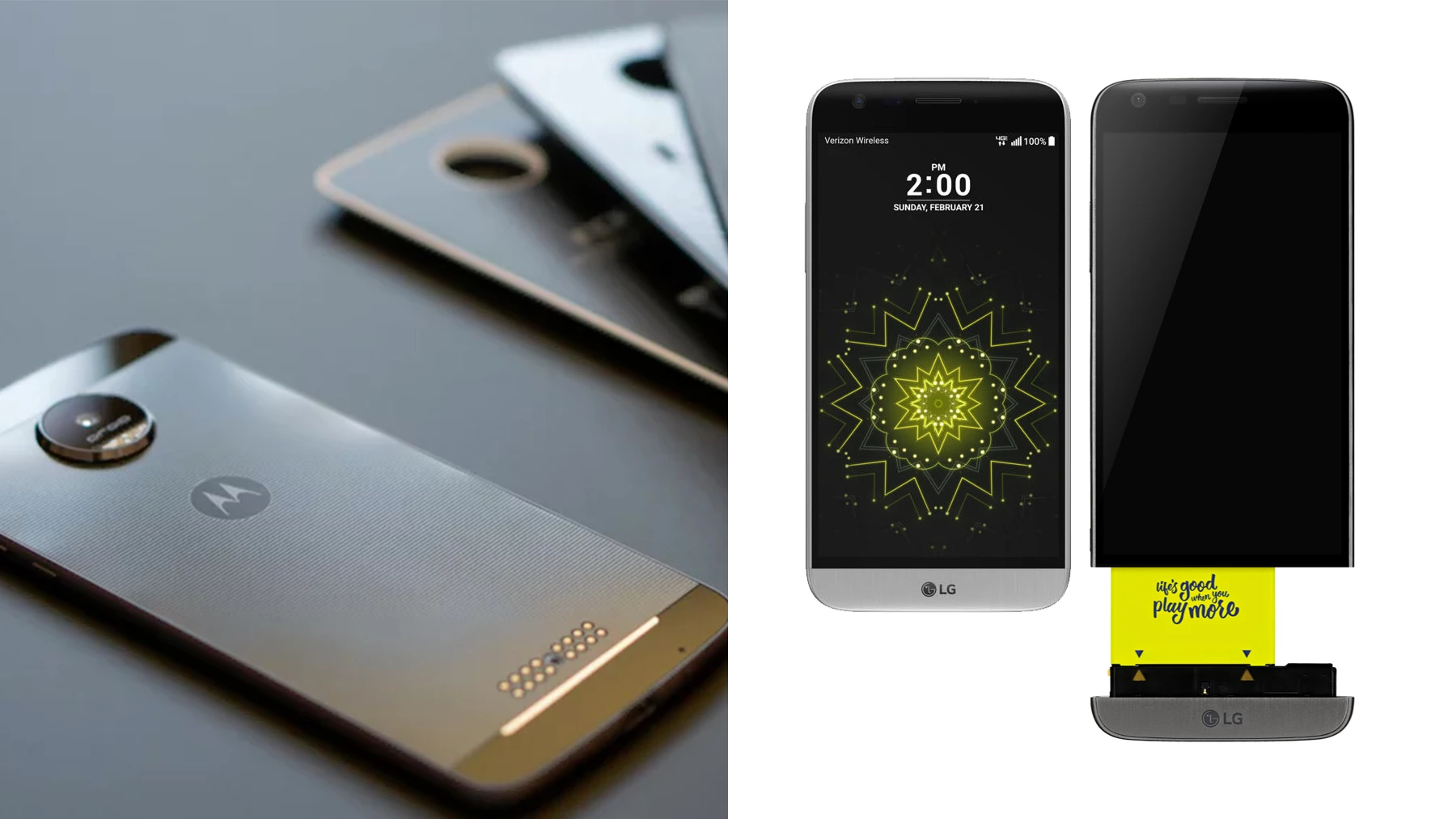What did 2016 bring for smartphones, laptops and other mobile technology? A few heralded releases surpassed expectations, while others promptly fell flat. Let's take a look back and which products and trends came out on top with a win – and which ones chalked up a big loss.
Hit: Pixel, the first phone by Google
Google's province has historically been software and platforms, not hardware manufacturing. The company did head into the year with previous forays into Chromebooks and involvement in some Nexus phones, but the release of Pixel, the first Google-branded smartphone, put a lot on the line – and came through with flying colors.
We like the Pixel and Pixel XL for their no-nonsense builds, generous internal processing power and storage, elegant delivery of Android and excellent cameras. They only add more éclat to the Google name, and we bet the Pixels and their future generations earn a prominent place amongst top tier smartphones.
Miss: Galaxy Note 7 debacle and iPhone fumbles
We'd be remiss not to include the Samsung Galaxy Note 7 on a list of the year's tech disappointments. While the phone itself was luxurious and capable, all of its good points are negated by the fact that the phones had a defect making them prone to catching fire and exploding. Samsung consequentially purged Note 7s from the market at great expense.
Apple's iPhone 7 and 7 Plus may not have literally gone up in smoke, but their omission of the headphone jack combined with other customer complaints (like the overpriced letdown of AirPods) are sparking enough criticism to damage Apple's standing.
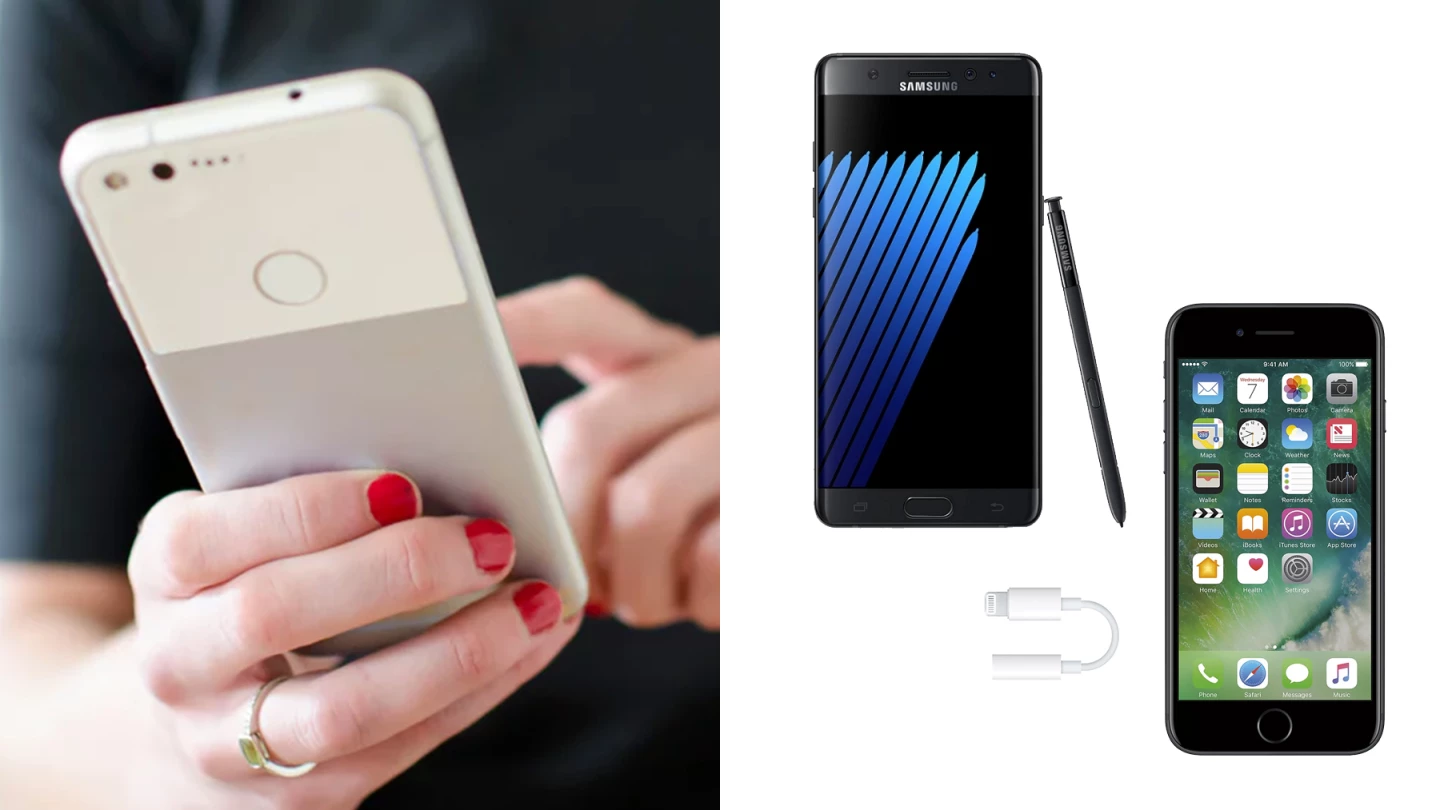
Hit: Moto Z's elegantly delivered modular approach
Modular smartphones – that is, phones that are expandable with special-use accessories – had a moment this year. Lenovo's Moto Z and Moto Z Force are the best examples. Their mods add some interesting functions to the phone, and snap on and off simply and easily with understated magnetic prongs.
And even without the mods, the Moto Z phones are impressive. They pack in quality performance, displays, cameras and battery life. Apart from Pixels, they were the first phones to be Google Daydream-ready.
Miss: LG G5 drops the ball on modular
LG had a hyped modular smartphone release last spring, but the G5 was a nonsuccess due to its just-OK internals and unpolished approach to modularity. Its ecosystem of mods are not very user-friendly; you actually need to power down the phone and remove its entire bottom section, including the battery, to connect one of its accessories (of which there were only a few).

Hit: Pokémon Go
Whether or not you're a fan, there's no denying that Pokémon Go took the mobile gaming world by storm. Its 1-2 punch of Pokémon franchise revelry and emerging augmented reality tech propelled it into a global phenomenon. For a time, its popularity was so widespread that it became the closest thing we've seen to a "killer app" for augmented reality.
Miss: Super Mario Run
We're not saying that Super Mario Run is a bad game. It's intuitive yet challenging, more multifaceted than other constant running games we've played, and it even has liberal helpings of that characteristic Nintendo magic. We just want to call it out for not living up to hype.
It was announced at Apple's iPhone launch event in September, where a significant amount of time was dedicated to extolling it as a groundbreaking reincarnation of the beloved Super Mario Bros. franchise. Super Mario Run is good, but not that good – especially when weighed against the insane popularity of other mobile games.
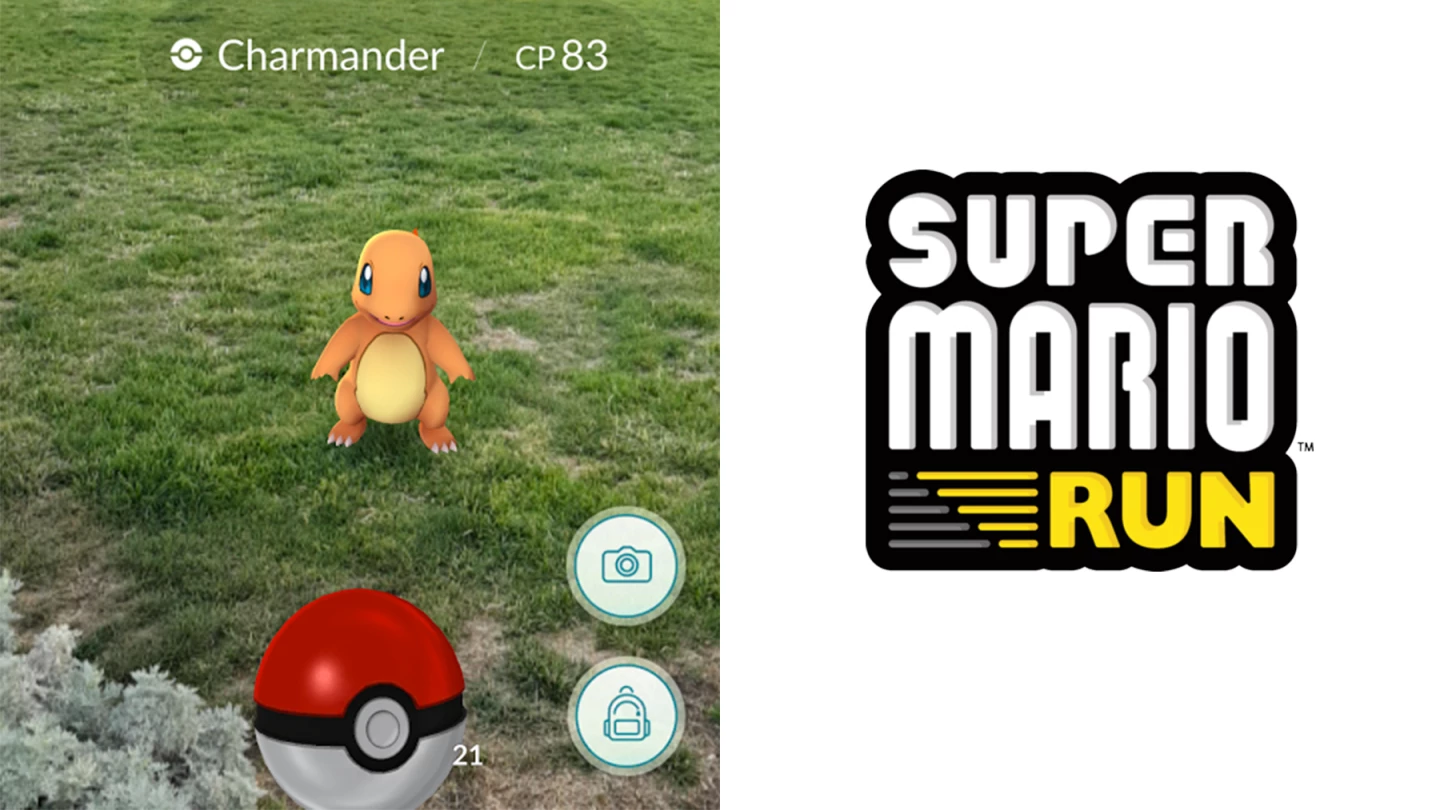
Hit: Better, higher quality options in smartwatches and fitness wearables
Smartwatches and fitness trackers are growing incrementally more sophisticated. This year's Apple Watch Series 2 and many of its competitors added integrated GPS and water resistance. These features go a long way, especially in fitness trackers. If wristbands aren't your thing, non-bracelet options are better than ever.
Miss: Pebble ends its run
Pebble was a pioneering smartwatch company with up-and-coming ideas and several intriguing Kickstarter-funded projects in the works. In December, Pebble announced it was selling its assets to Fitbit and disbanding.
While a number of factors probably went into Pebble's extinction, we think it reflects more on the state of the industry than on company leadership or direction. Smartwatch companies are having a hard time convincing consumers of their value, and it's likely that only bigger companies have the ambition and resources to keep the momentum going.
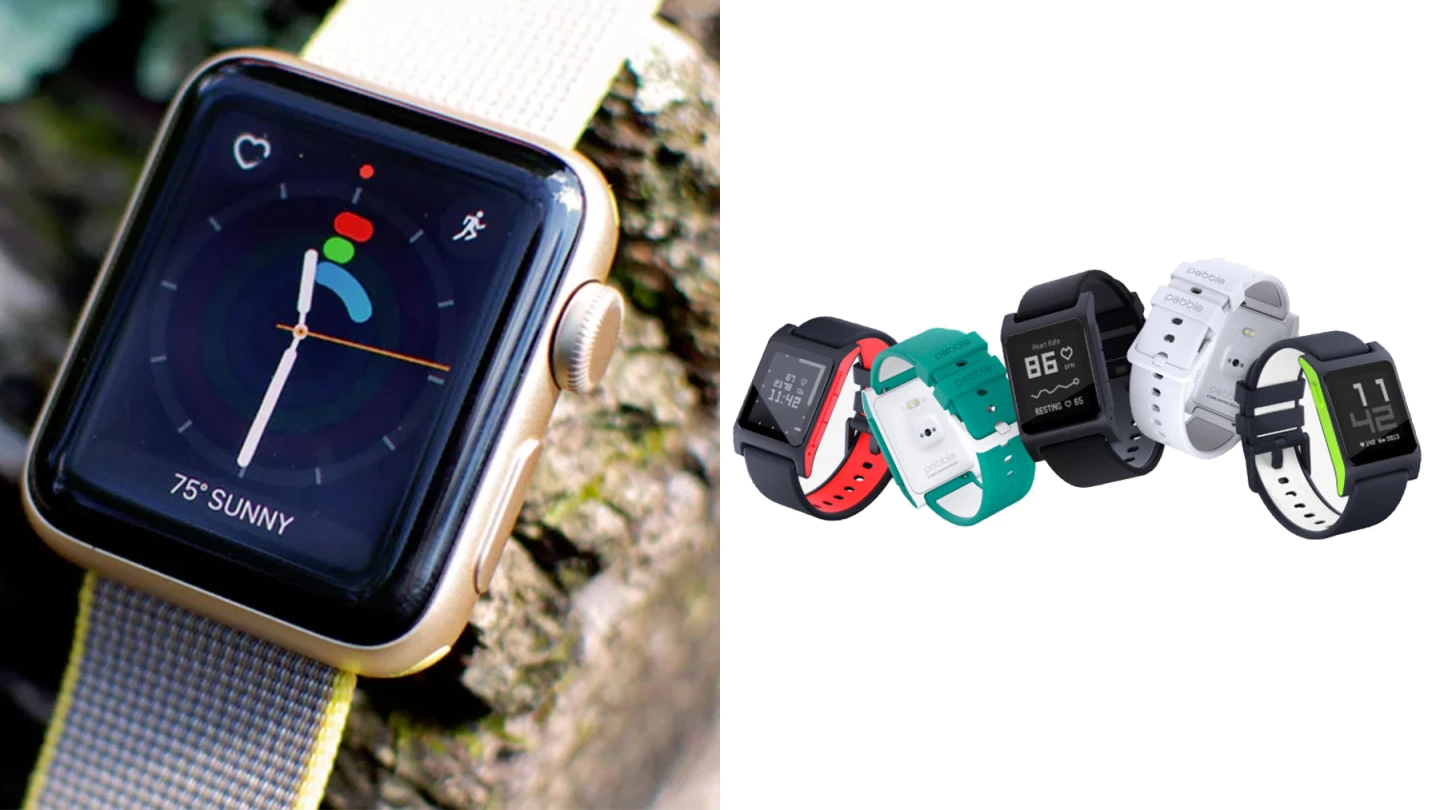
Hit: 2-in-1 convertible laptop/tablets
Some of the year's most exciting laptop releases were 2-in-1 convertible laptop/tablets. Like many of the best consumer products, these machines take the standout features of previous technologies and streamline them into one versatile device.
Microsoft released a Performance Base edition of its well-regarded Surface Book, and Lenovo released an ambitious Yoga Book with a "Halo keyboard" that converts between a drawing tablet and a capacitive QWERTY keyboard, as well as the classy Yoga 910 laptop.
Miss: Apple's Touch Bar is out of touch
Apple also included a bit of mobile-inspired touch-sensitive technology in this year's crop of MacBook Pros. However, the so-called "Touch Bar" – a capacitive bar that replaces the traditional Fn keys along the top of the keyboard – failed to provoke much excitement. Between the Touch Bar option's high price tag and middling utility, along with the MacBook Pro's anemic expansion options, it's a hard time to be a MacBook Pro fan.

Hit: Gear VR & Google Daydream lay the groundwork for mobile VR
Although the Samsung Gear VR first hit shelves last year, 2016 was the year that mobile VR truly emerged. Not only did the Gear VR receive a minor upgrade and a proliferation of apps and games in its content library, but the mobile VR headset finally met its first real rival: Google Daydream View.
While there are a few differences in their respective platforms and hardware, the two headsets offer remarkably similar glimpses into the VR experience – for now. As competition grows in this space, we look forward to seeing each company differentiate themselves and accelerate these early days of consumer VR.
Miss: Sony PlayStation VR
Props to Sony for attempting to fill the sweet spot mid-range between cheap, limited mobile VR headsets and expensive, powerful PC-dependent options like the Oculus Rift and HTC Vive. While the idea behind the PlayStation VR is excellent, its delivery is a flop.
The system's motion-controller-tracking works so poorly that it breaks the illusion of VR and results in an enormously frustrating experience. It would be more at home amongst campy virtual reality devices of yesteryear than in 2016's lineup of consumer VR breakthroughs.
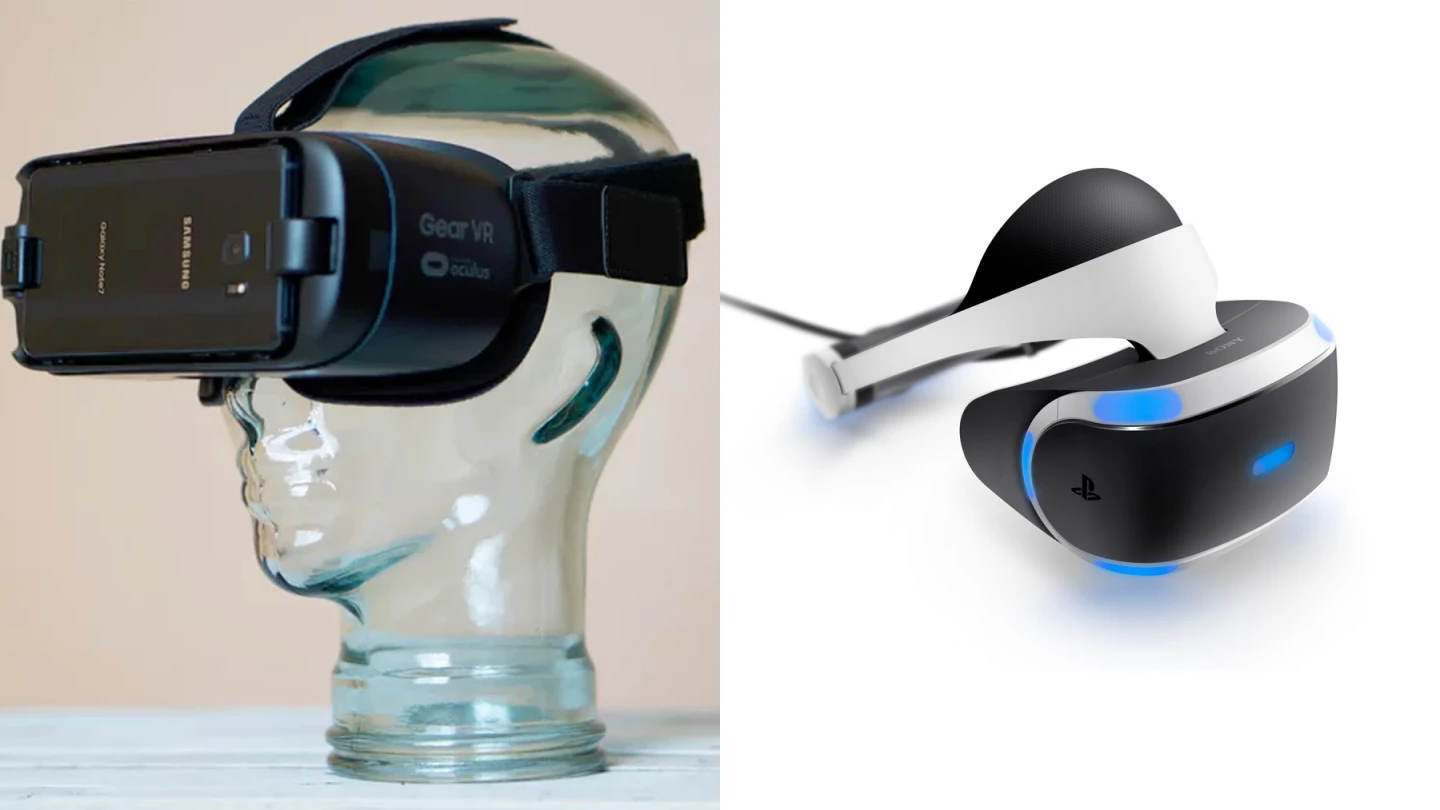
For more on consumer tech in 2016, you can revisit our VR year in review, our list of the best smartphones of the year and our picks for the best wearables.
